by Tom Laemlein
A couple of years ago, I wrote a short article for Small Arms Review magazine on the strangely futuristic “Model 45A”, which was the subject of a group of photos by a US Army photographer. Apparently this rifle was a one-off developed by a group of Army Ordnance men stationed in the Philippines during 1945, and as bizarre as its modern features the Model 45A attracted the attention of a Signal Corps photographer. The rifle ended up being the subject of at least two “photo-shoots” in immediate post-war Manila.
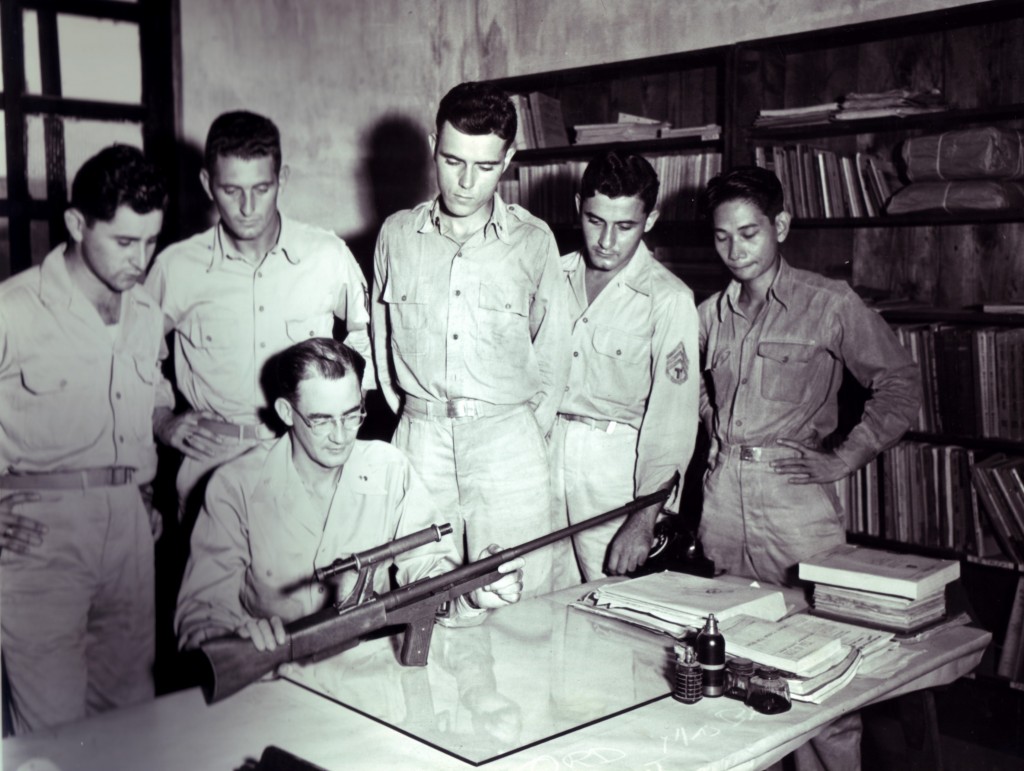
Although there is no way to know for sure, it is unlikely that Model 45A was actually capable of firing. That has been the opinion of several gun writers—at least given the only evidence we have, which are the photos. Consensus of opinion on the Model 45A has been consistent in at least one aspect: the rifle concept presents many forward-thinking ideas in small arms design. The elusive idea of creating an infantry arm that fulfills multiple roles using the same cartridge was alive and well in 1945.
Here’s a short breakdown on what I see in this design: The Model 45A is a modern-looking “Bullpup” design, with a noticeably long barrel. A Browning Automatic Rifle magazine has been used and we can safely assume that the Model 45A was chambered for standard .30 caliber ammunition. The pistol grip is futuristic looking for 1945, but the receiver cover looks rather crude and flimsy, and this is likely why the Model 45A is probably not a live gun. The scope integrated inside the carry handle (very much reminiscent of a modern Steyr-AUG design) is unidentified. The Model 45A is even equipped to launch the M9A1 anti-tank rifle grenade. Produced in the Philippines, it carries with it that country’s long history of hand-made firearms and unique designs.
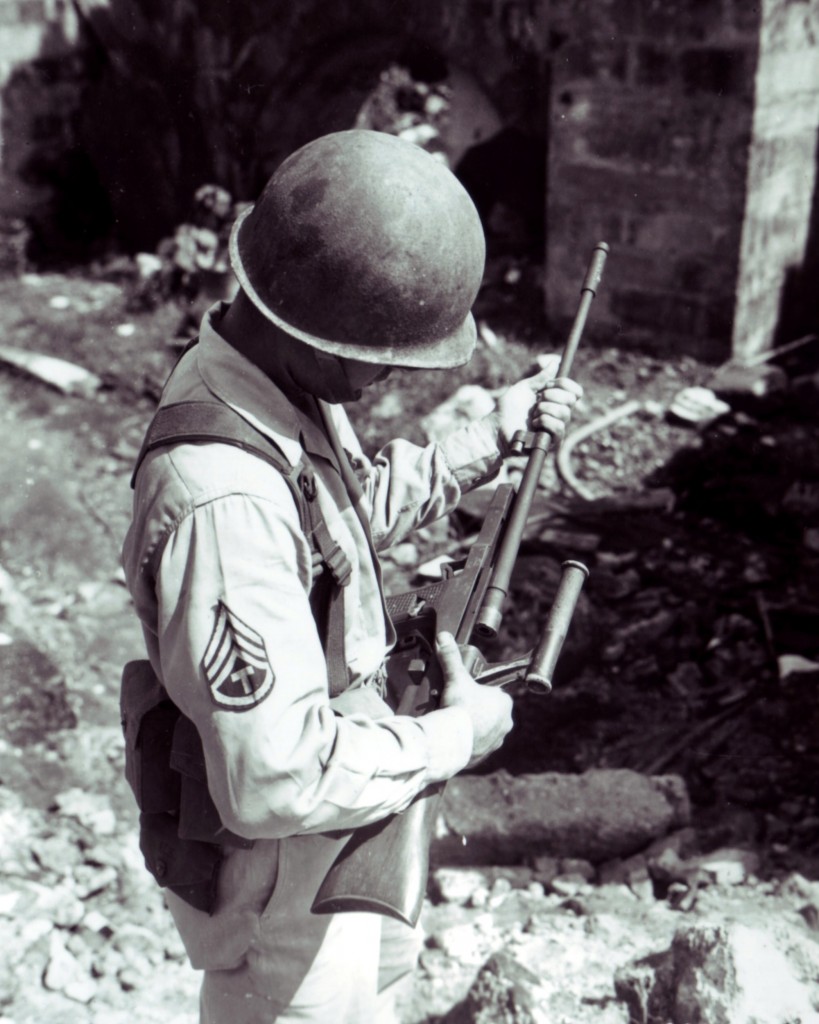
As a photo researcher, I found it quite curious that so many photos were taken of the Model 45A, and that the official captions on the Signal Corps images provided so much information (such as it was) about the rifle. Ultimately, it had the “feel” of a marketing effort. Apparently the Ordnance crew that developed this concept didn’t realize that any designs you come up with while in the employ of Uncle Sam are destined to be US Government property without additional compensation to the designer. If they had dreamed of financial gain by selling the plans of the Model 45A to the Army, it never happened—and never really had any chance of happening anyway.
I find the futuristic appearance of the weapon to be particularly interesting, and the Model 45A goes to prove an important point: American ingenuity knows no bounds!
If ever there was a “forgotten weapon” it is the Model 45A. Maybe one of the readers of this site can share shed some more light on this fascinating concept, developed in the field all those years ago.
Tom Laemlein runs Armor Plate Press, a military history publishing company that specializes in producing photo studies of 20th Century weapons systems. Find his work at www.armorplatepress.com.

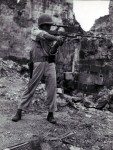
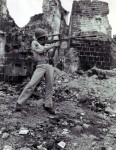
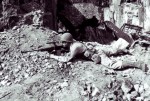
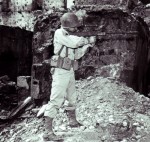
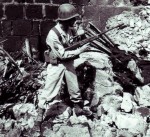

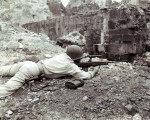
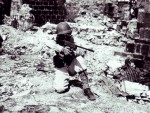
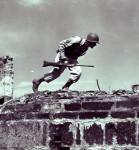
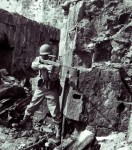
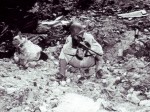
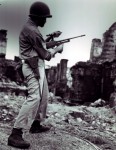
Be the first to comment